S Minka
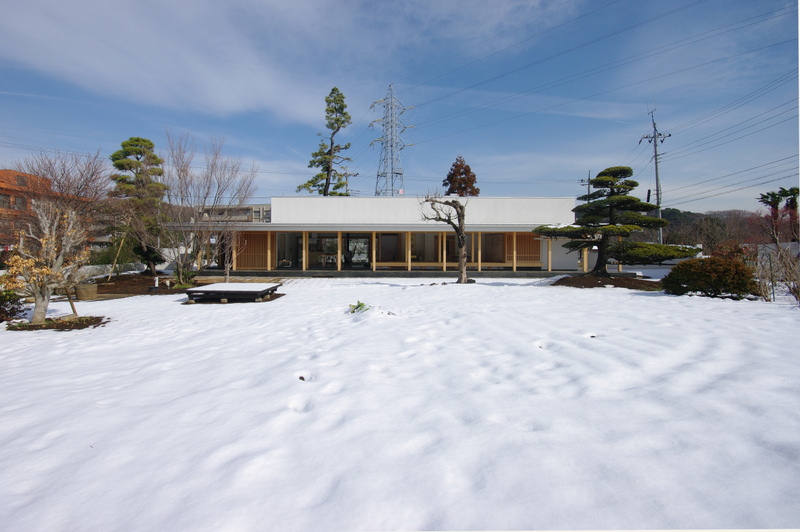
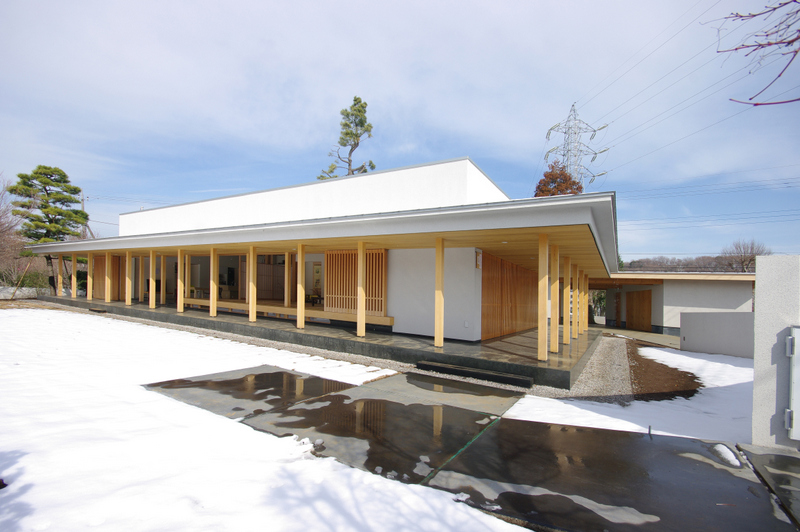
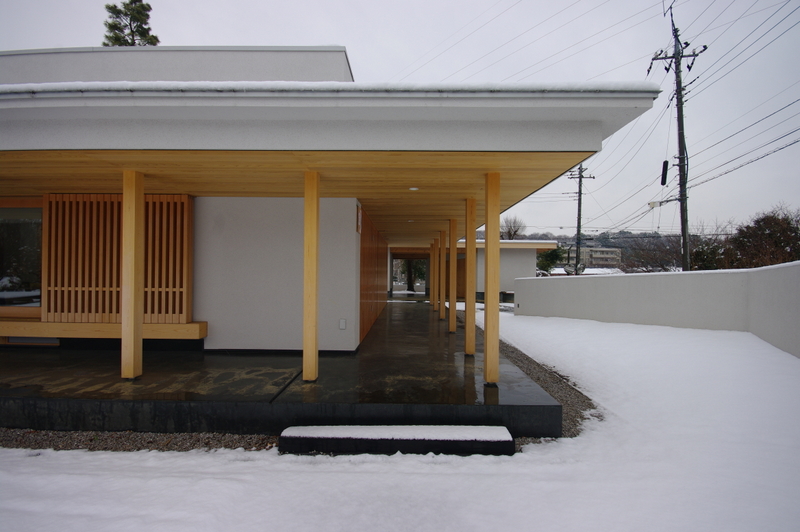


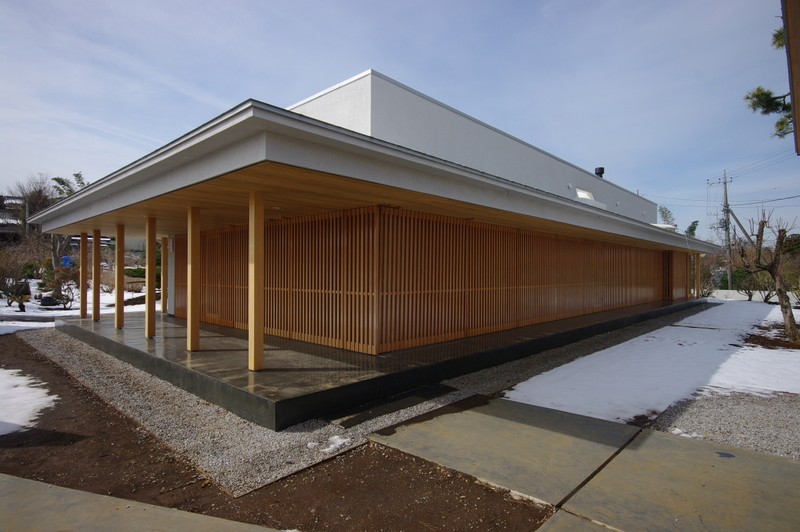
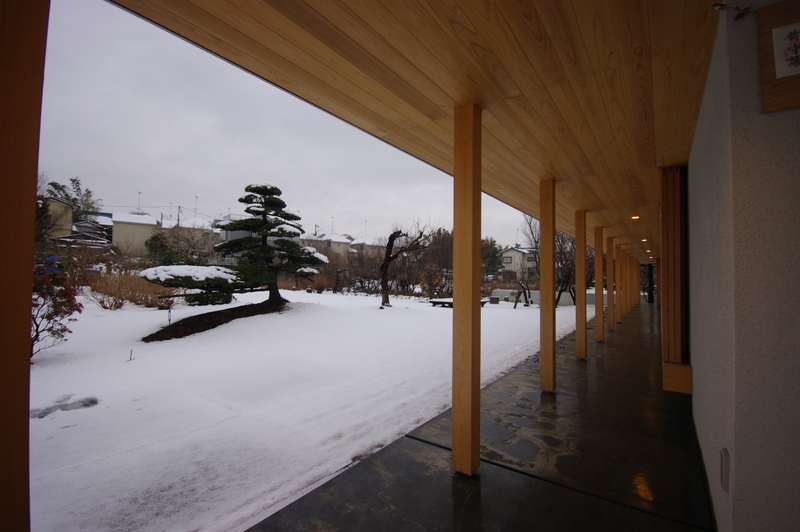

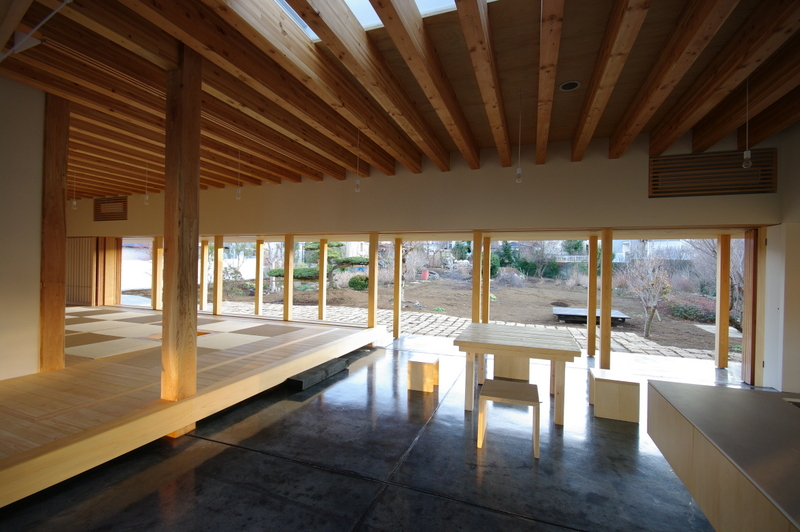
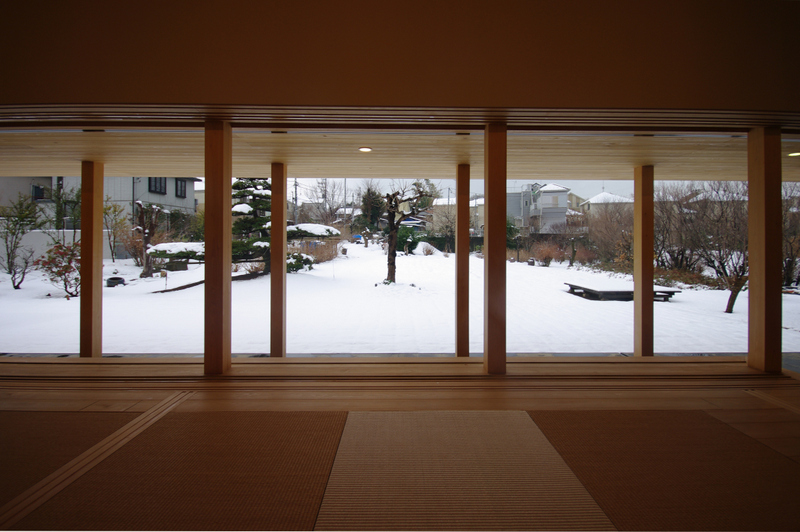
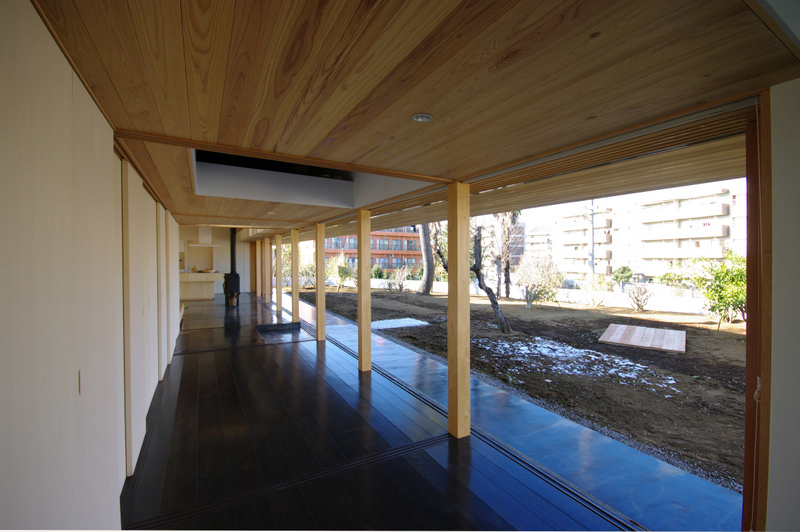
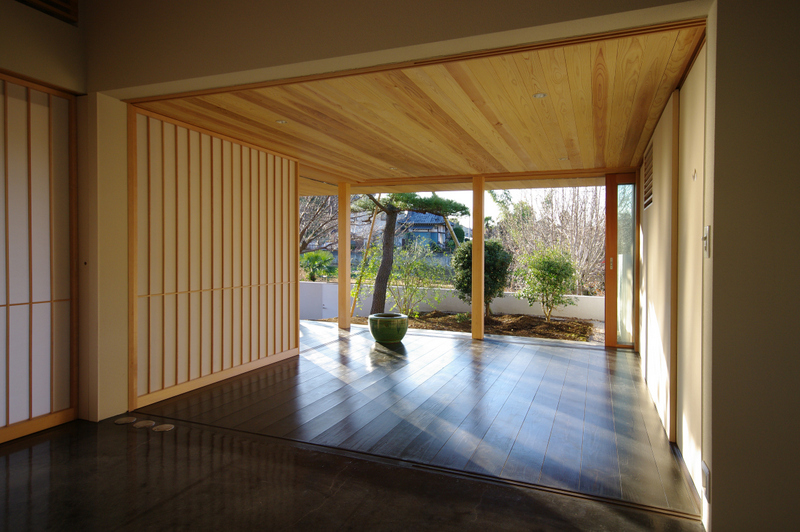
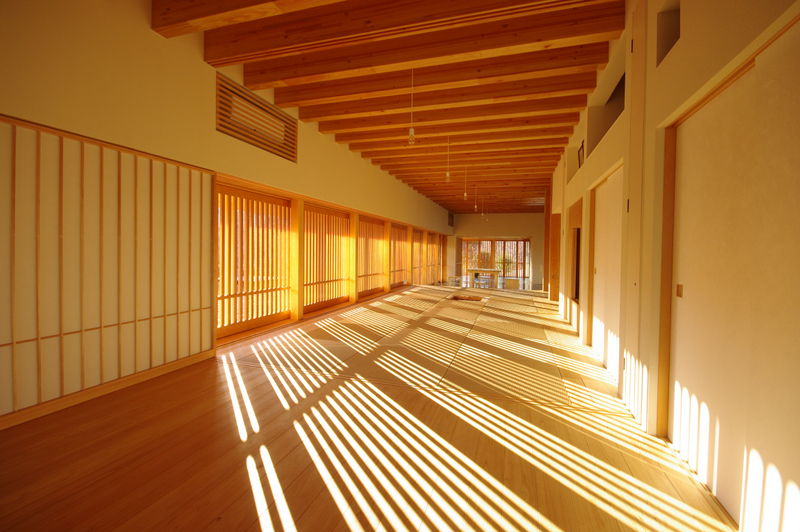
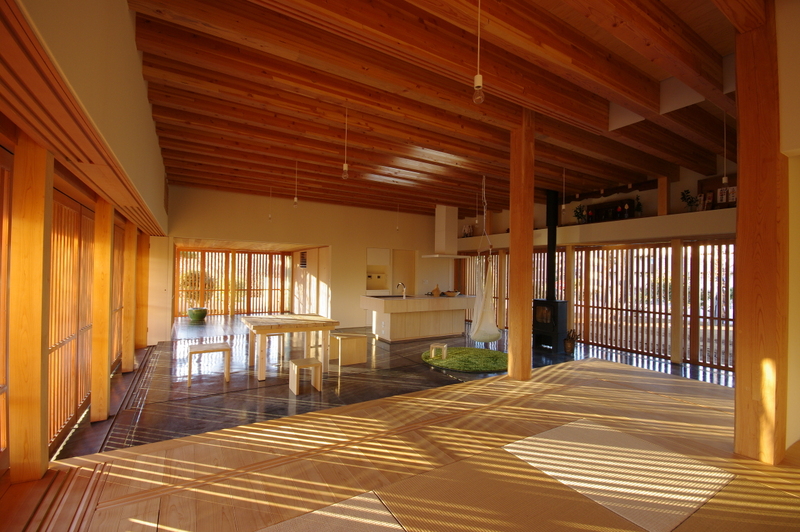
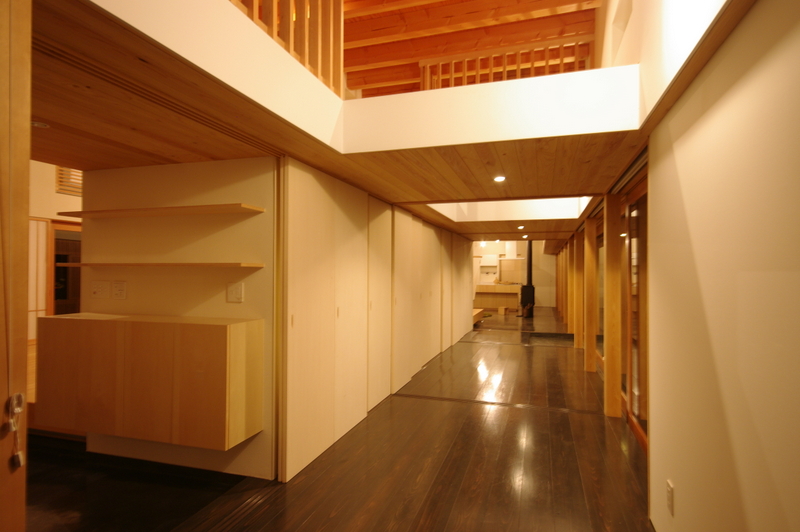
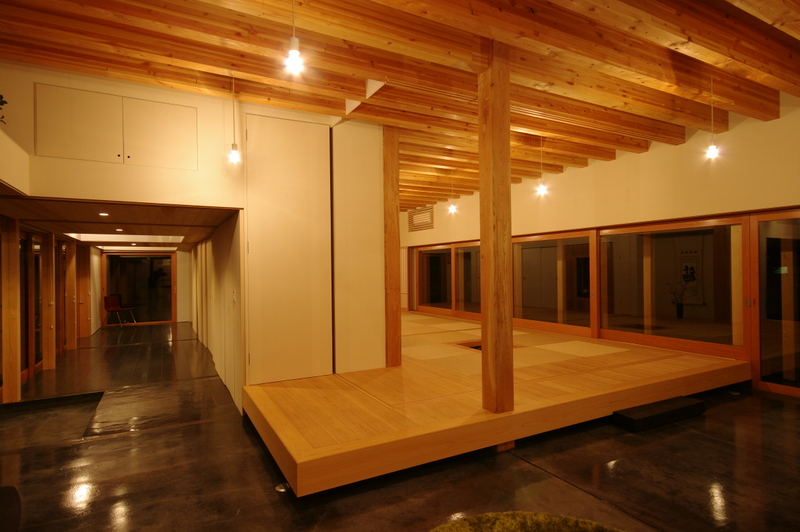
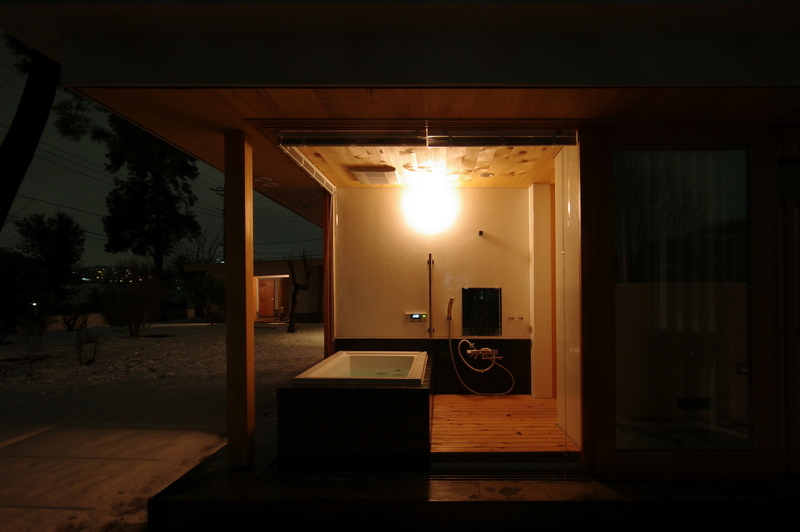
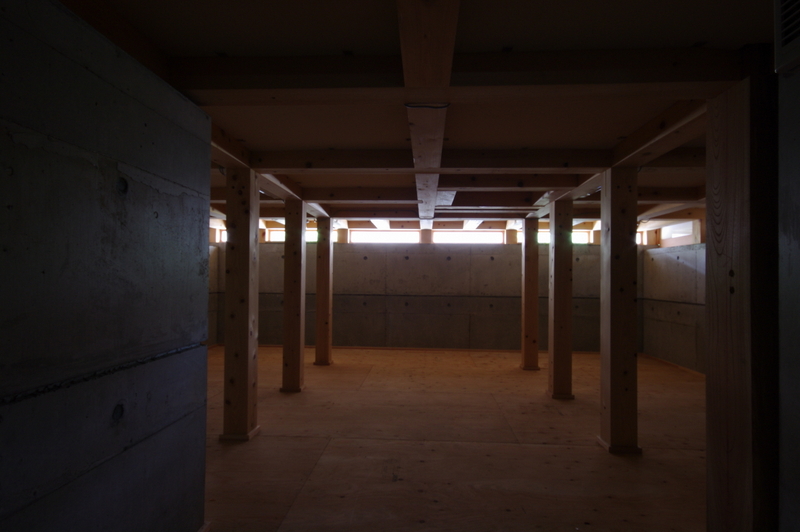
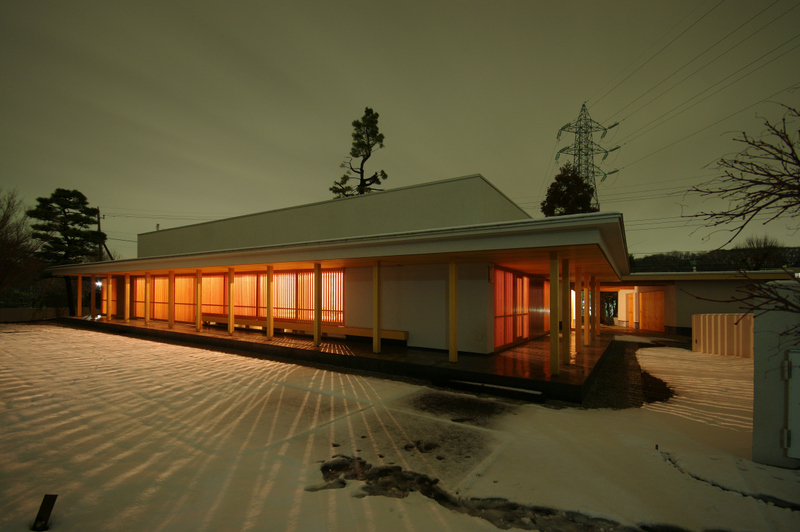
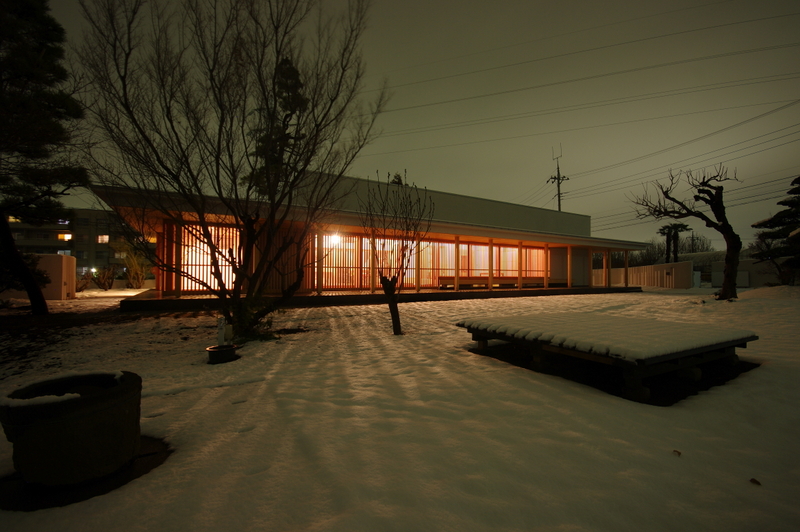
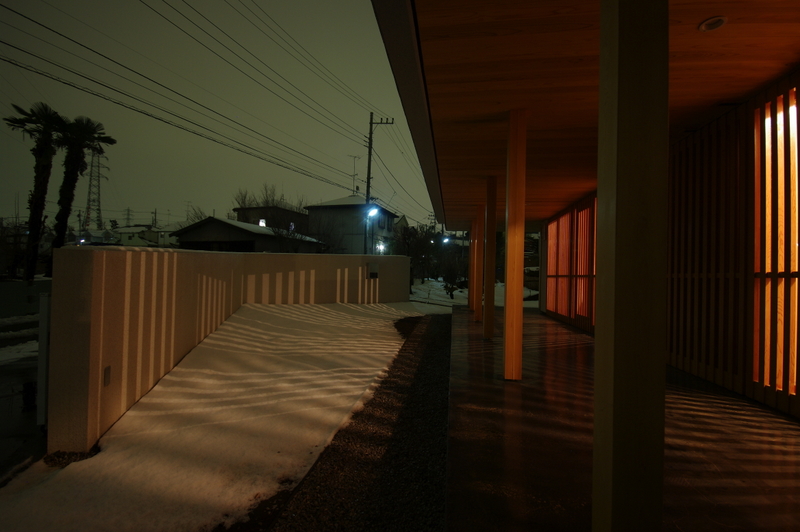
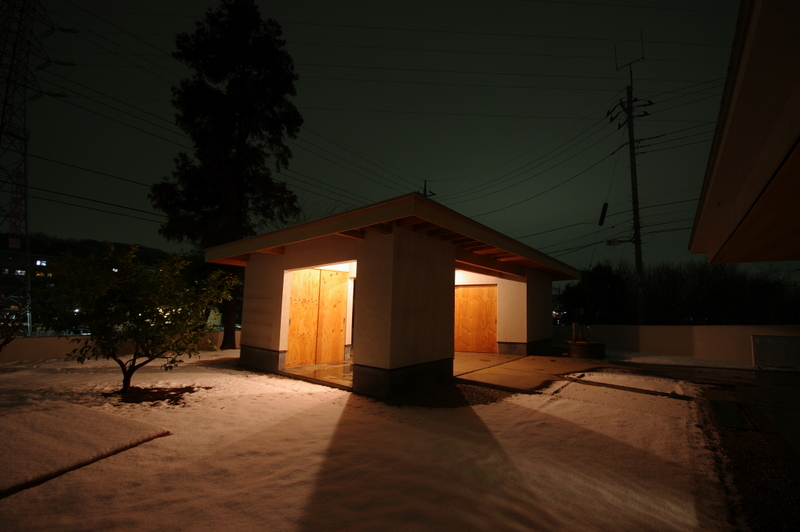

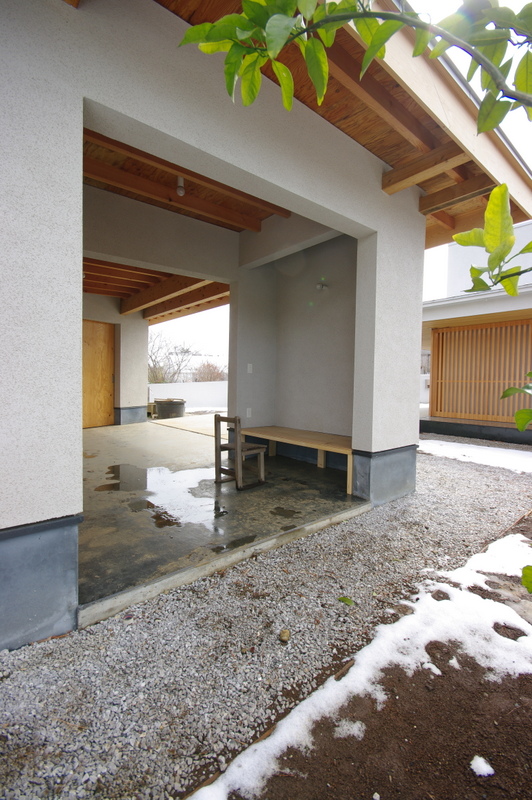

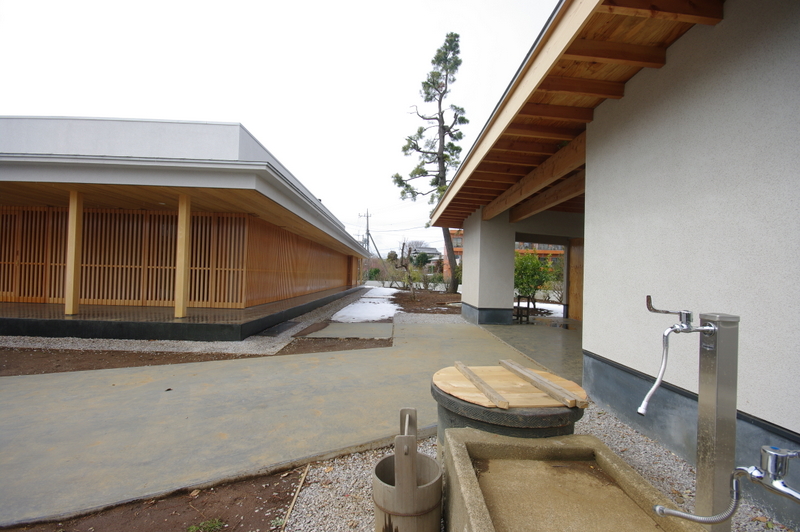
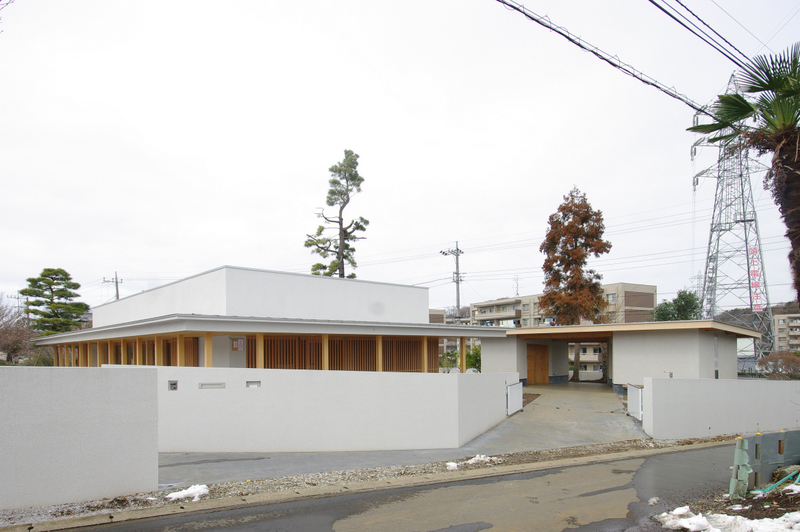
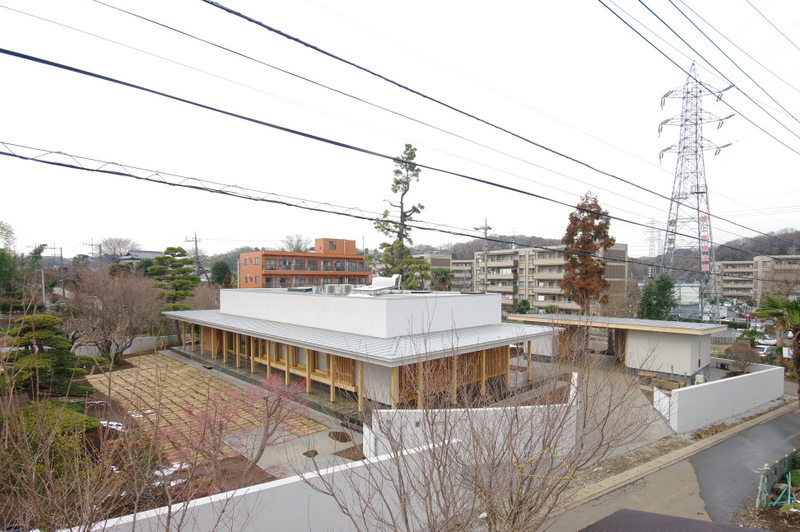

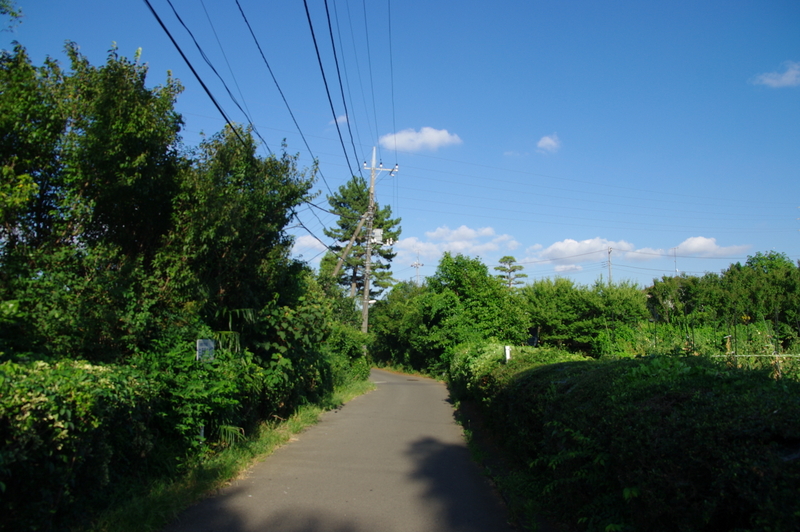
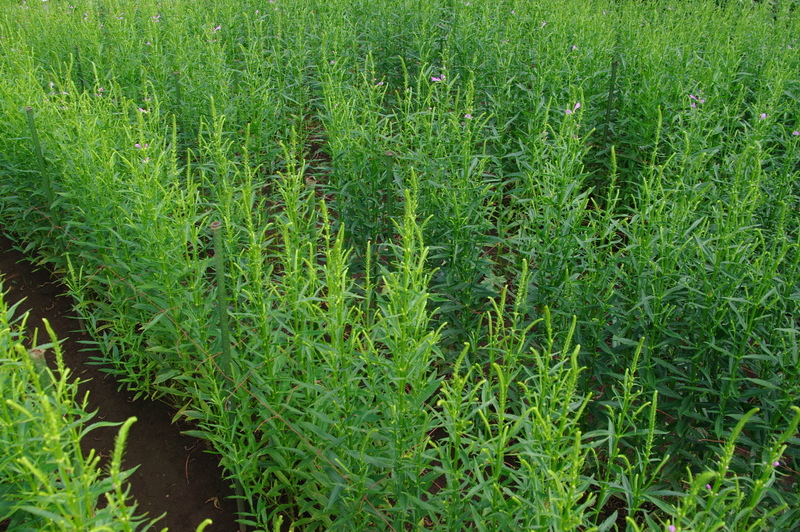
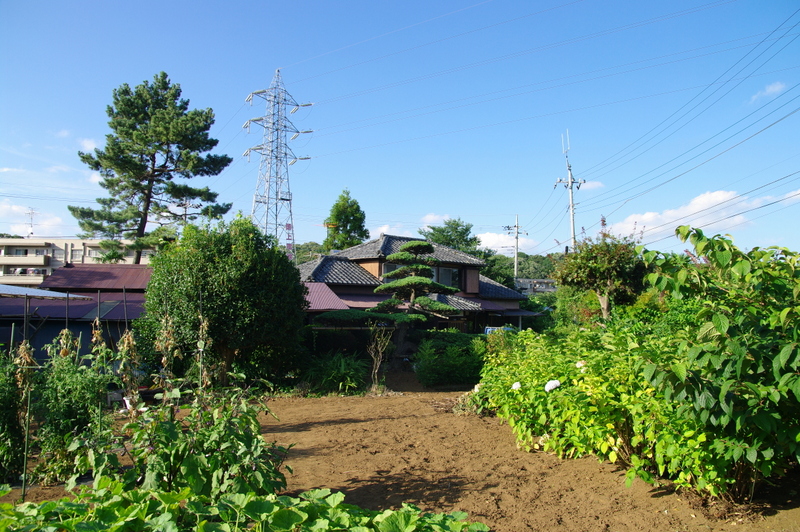
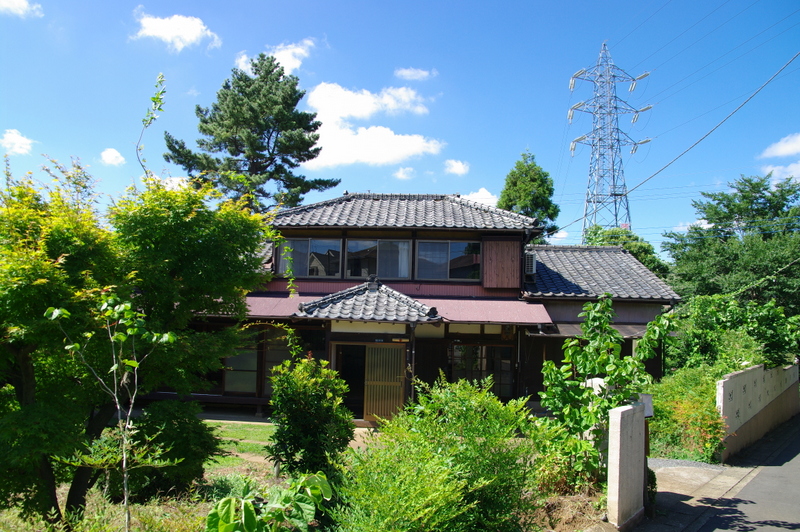
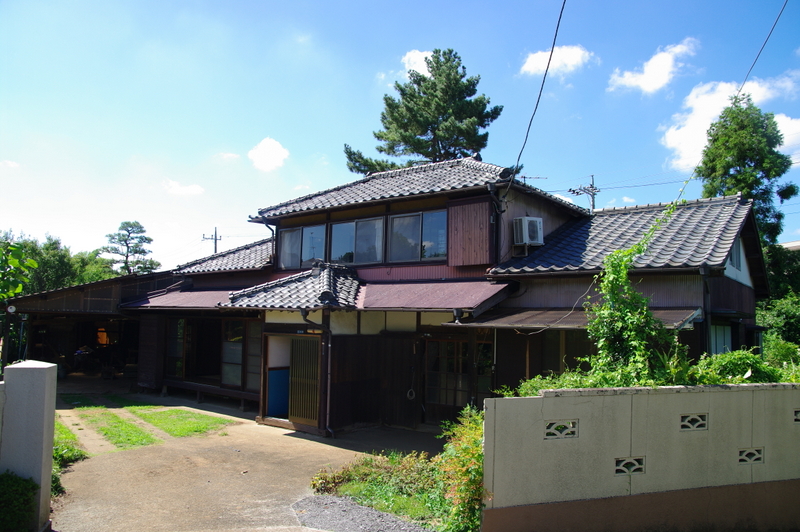


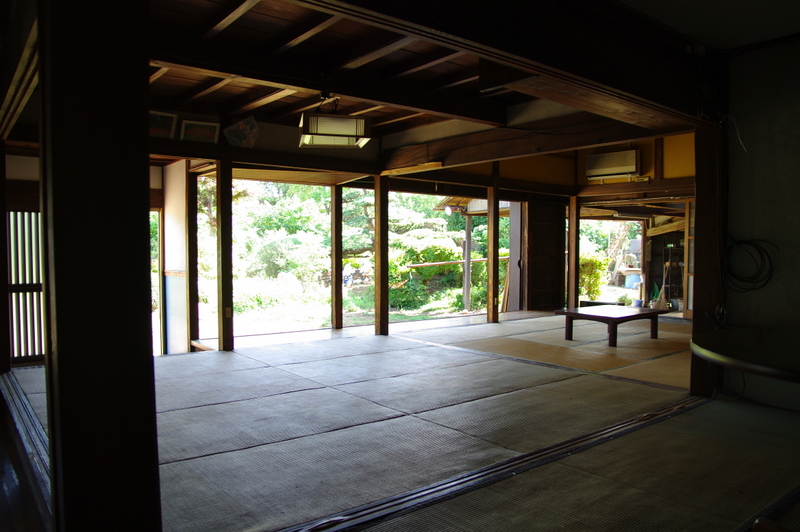
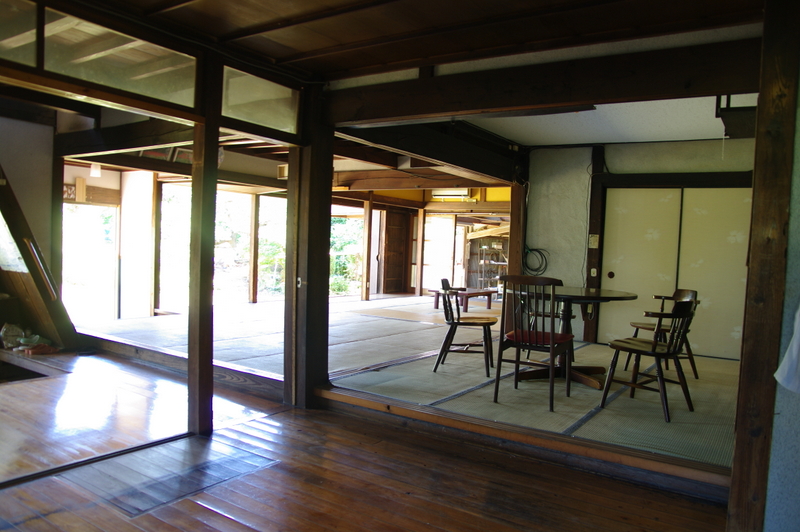
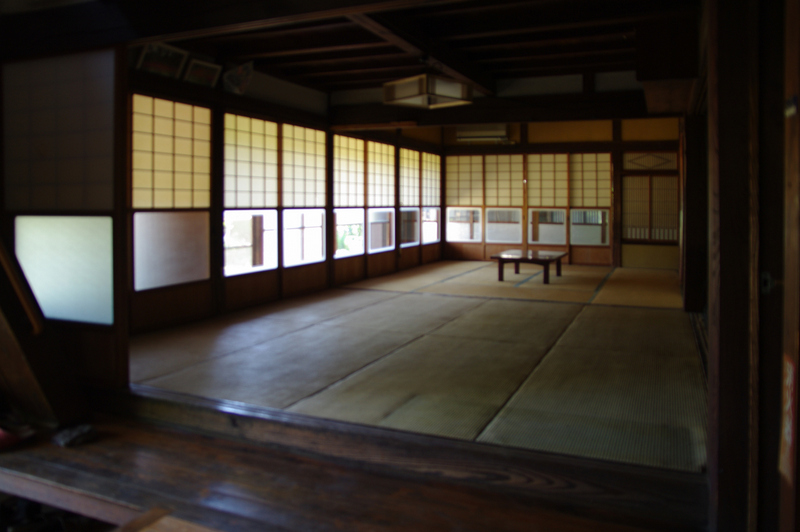
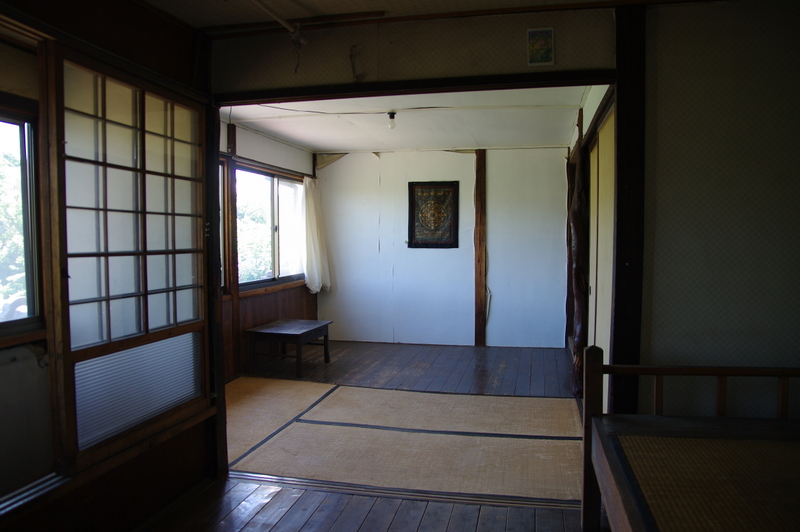
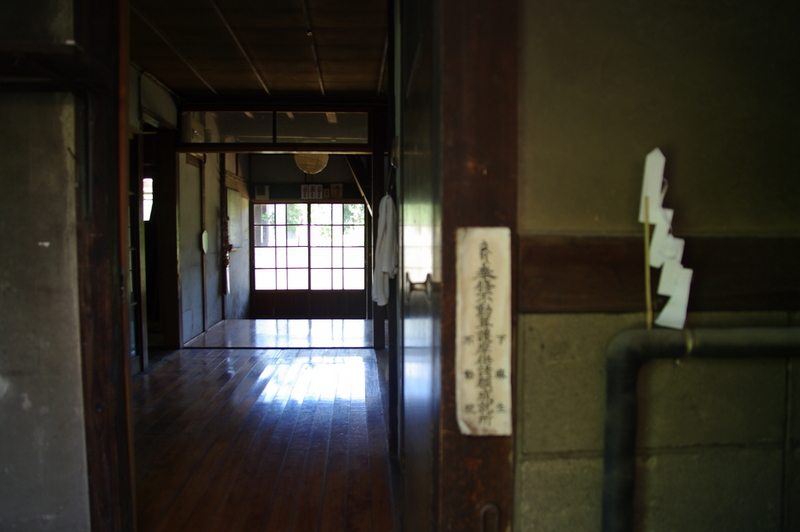
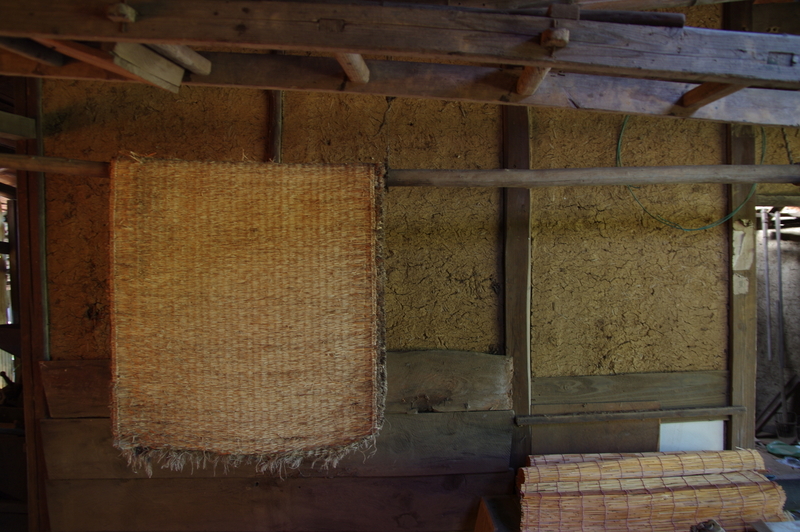
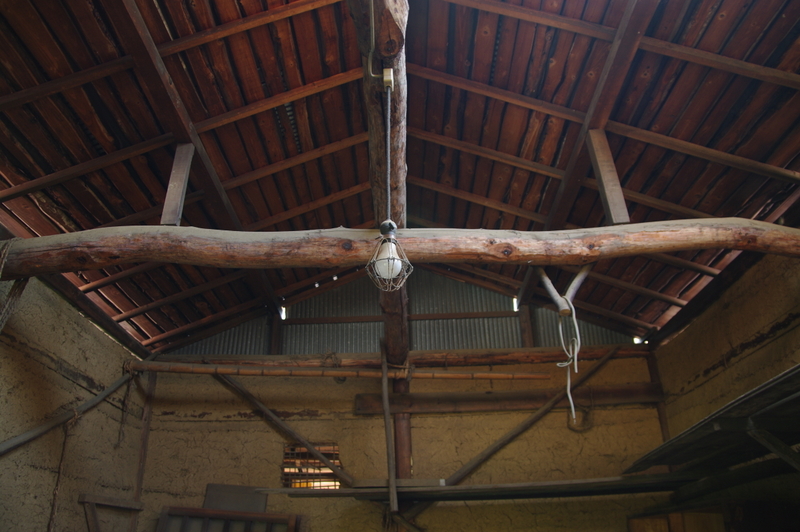
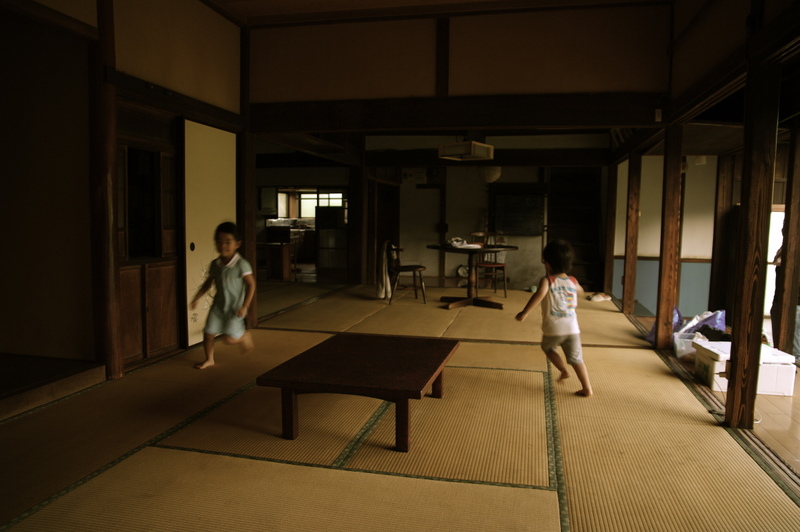
設計 猿渡清二
構造 坂根伸夫
施工 栄港建設
用途 住宅
撮影 猿渡清二
築80年の花木農家の建て替えプロジェクト
東京から、一時間ほどの郊外。代々農家やその畑が一面に広がった、草木や花畑が豊かなのどかな敷地。
そのまわりの自然を取り込めるように、まるで、おおきな傘を開くように大屋根をかけた。そのおおきな傘のような場の中に玄関、土間、座敷、板の間などをコアの回りに配置した。
四周が開口部(窓)で覆われていて、開放的でおおきなワンルームのような家。
全ての戸を開け放てば自然界と繋がり大地、風、自然界と一体の場になる。
移ろいゆく時間、そして、季節が感じられる場所。
早朝、庭や室内に小鳥のさえずりが響きわたります。
夏の午後に窓を開ければ、軒下から内へと風が吹き抜け外と内が気持ちよく繋がります。
冬の午後、家全体がおおきな日だまりのある暖かな縁側のような居場所になります。
夜になると、格子戸から周辺へぼんぼりのように灯りがもれます。
日本の伝統的な静寂なこころを現代に伝承する建築でもある。
Minka(民家)とは、八百万の神様のいる場所(神棚)と先祖(仏様を祀る場)と今の住人が暮らし、時として、それぞれが交じり合い祭りのような時間(三位一体)を過ごす場所。
太陽、風、水(井戸)、火(かまど、いろり)、大地(石)の5エレメントを感じながら移ろいゆく四季の自然を愉しみながら、自然と共に暮らせる家を設計しました。
常に変化している自然、大気と呼応し、その一瞬一瞬の中に美しさを感じ喜びを感じれる場所。そういう感覚と精神が拓かれる場所が私たちにとってもっとも大切な場所である。
Rebuild Project of 80-year-old Floral Farmer’s House
Nature is visible spirituality.
Spirituality is invisible nature.
The name of the site is shiboku (whose name means the tree of god). The place is located one hour away from the center of Tokyo. Generation after generation of farmers have settled this area, where you can find a variety of plants, and flowers in a tranquil farmland.
In order to incorporate the surrounding nature, the roof was fashioned almost like a giant umbrella covering the house.
Underneath the giant umbrella, I set up an entrance, an earth floor, a tatami room, and a itanoma to surround the core of the architecture.
The individual spaces coalesce into one connected space, and the four sides can be completely opened.
When you open all the doors, the interior becomes one with the wind, the land, and the natural world.
A place where you can feel the transition of time and the passing of the seasons.
In the early morning, you can hear birds chirping outside in the garden and inside the architecture.
If you open the windows during the summer afternoons, you can feel a breeze come up from under the eaves.
During the winter afternoons, the whole house feels like a deck that has been under the warm sunlight.
At night, the light through the latticed doors gently illuminates the ground like a paper lantern.
In this way, connecting to nature provides a serenity of the mind which traditional Japanese culture has always strived for.
Minka generally means a residential house, but in my view, Minka is the intersection of the three entities: the residents, their ancestors, and the gods of the natural world. Occasionally they mingle and spend time together as they have been doing during times of Matsuri (festival).
In order to live in harmony with nature, I designed this house with the five elements: light, wind, water (well), fire (fire pit), and earth (stone).
With the inevitable change of nature, we can find delight in those moments of ephemeral beauty. Yet, to truely appriciate the beauty of nature, we have to become aware and open to our surroundings. This is a place where people can come to develop their senses and spirituality.











































 設計 猿渡清二
構造 坂根伸夫
施工 栄港建設
用途 住宅
撮影 猿渡清二
築80年の花木農家の建て替えプロジェクト
東京から、一時間ほどの郊外。代々農家やその畑が一面に広がった、草木や花畑が豊かなのどかな敷地。
そのまわりの自然を取り込めるように、まるで、おおきな傘を開くように大屋根をかけた。そのおおきな傘のような場の中に玄関、土間、座敷、板の間などをコアの回りに配置した。
四周が開口部(窓)で覆われていて、開放的でおおきなワンルームのような家。
全ての戸を開け放てば自然界と繋がり大地、風、自然界と一体の場になる。
移ろいゆく時間、そして、季節が感じられる場所。
早朝、庭や室内に小鳥のさえずりが響きわたります。
夏の午後に窓を開ければ、軒下から内へと風が吹き抜け外と内が気持ちよく繋がります。
冬の午後、家全体がおおきな日だまりのある暖かな縁側のような居場所になります。
夜になると、格子戸から周辺へぼんぼりのように灯りがもれます。
日本の伝統的な静寂なこころを現代に伝承する建築でもある。
Minka(民家)とは、八百万の神様のいる場所(神棚)と先祖(仏様を祀る場)と今の住人が暮らし、時として、それぞれが交じり合い祭りのような時間(三位一体)を過ごす場所。
太陽、風、水(井戸)、火(かまど、いろり)、大地(石)の5エレメントを感じながら移ろいゆく四季の自然を愉しみながら、自然と共に暮らせる家を設計しました。
常に変化している自然、大気と呼応し、その一瞬一瞬の中に美しさを感じ喜びを感じれる場所。そういう感覚と精神が拓かれる場所が私たちにとってもっとも大切な場所である。
Rebuild Project of 80-year-old Floral Farmer’s House
Nature is visible spirituality.
Spirituality is invisible nature.
The name of the site is shiboku (whose name means the tree of god). The place is located one hour away from the center of Tokyo. Generation after generation of farmers have settled this area, where you can find a variety of plants, and flowers in a tranquil farmland.
In order to incorporate the surrounding nature, the roof was fashioned almost like a giant umbrella covering the house.
Underneath the giant umbrella, I set up an entrance, an earth floor, a tatami room, and a itanoma to surround the core of the architecture.
The individual spaces coalesce into one connected space, and the four sides can be completely opened.
When you open all the doors, the interior becomes one with the wind, the land, and the natural world.
A place where you can feel the transition of time and the passing of the seasons.
In the early morning, you can hear birds chirping outside in the garden and inside the architecture.
If you open the windows during the summer afternoons, you can feel a breeze come up from under the eaves.
During the winter afternoons, the whole house feels like a deck that has been under the warm sunlight.
At night, the light through the latticed doors gently illuminates the ground like a paper lantern.
In this way, connecting to nature provides a serenity of the mind which traditional Japanese culture has always strived for.
Minka generally means a residential house, but in my view, Minka is the intersection of the three entities: the residents, their ancestors, and the gods of the natural world. Occasionally they mingle and spend time together as they have been doing during times of Matsuri (festival).
In order to live in harmony with nature, I designed this house with the five elements: light, wind, water (well), fire (fire pit), and earth (stone).
With the inevitable change of nature, we can find delight in those moments of ephemeral beauty. Yet, to truely appriciate the beauty of nature, we have to become aware and open to our surroundings. This is a place where people can come to develop their senses and spirituality.
設計 猿渡清二
構造 坂根伸夫
施工 栄港建設
用途 住宅
撮影 猿渡清二
築80年の花木農家の建て替えプロジェクト
東京から、一時間ほどの郊外。代々農家やその畑が一面に広がった、草木や花畑が豊かなのどかな敷地。
そのまわりの自然を取り込めるように、まるで、おおきな傘を開くように大屋根をかけた。そのおおきな傘のような場の中に玄関、土間、座敷、板の間などをコアの回りに配置した。
四周が開口部(窓)で覆われていて、開放的でおおきなワンルームのような家。
全ての戸を開け放てば自然界と繋がり大地、風、自然界と一体の場になる。
移ろいゆく時間、そして、季節が感じられる場所。
早朝、庭や室内に小鳥のさえずりが響きわたります。
夏の午後に窓を開ければ、軒下から内へと風が吹き抜け外と内が気持ちよく繋がります。
冬の午後、家全体がおおきな日だまりのある暖かな縁側のような居場所になります。
夜になると、格子戸から周辺へぼんぼりのように灯りがもれます。
日本の伝統的な静寂なこころを現代に伝承する建築でもある。
Minka(民家)とは、八百万の神様のいる場所(神棚)と先祖(仏様を祀る場)と今の住人が暮らし、時として、それぞれが交じり合い祭りのような時間(三位一体)を過ごす場所。
太陽、風、水(井戸)、火(かまど、いろり)、大地(石)の5エレメントを感じながら移ろいゆく四季の自然を愉しみながら、自然と共に暮らせる家を設計しました。
常に変化している自然、大気と呼応し、その一瞬一瞬の中に美しさを感じ喜びを感じれる場所。そういう感覚と精神が拓かれる場所が私たちにとってもっとも大切な場所である。
Rebuild Project of 80-year-old Floral Farmer’s House
Nature is visible spirituality.
Spirituality is invisible nature.
The name of the site is shiboku (whose name means the tree of god). The place is located one hour away from the center of Tokyo. Generation after generation of farmers have settled this area, where you can find a variety of plants, and flowers in a tranquil farmland.
In order to incorporate the surrounding nature, the roof was fashioned almost like a giant umbrella covering the house.
Underneath the giant umbrella, I set up an entrance, an earth floor, a tatami room, and a itanoma to surround the core of the architecture.
The individual spaces coalesce into one connected space, and the four sides can be completely opened.
When you open all the doors, the interior becomes one with the wind, the land, and the natural world.
A place where you can feel the transition of time and the passing of the seasons.
In the early morning, you can hear birds chirping outside in the garden and inside the architecture.
If you open the windows during the summer afternoons, you can feel a breeze come up from under the eaves.
During the winter afternoons, the whole house feels like a deck that has been under the warm sunlight.
At night, the light through the latticed doors gently illuminates the ground like a paper lantern.
In this way, connecting to nature provides a serenity of the mind which traditional Japanese culture has always strived for.
Minka generally means a residential house, but in my view, Minka is the intersection of the three entities: the residents, their ancestors, and the gods of the natural world. Occasionally they mingle and spend time together as they have been doing during times of Matsuri (festival).
In order to live in harmony with nature, I designed this house with the five elements: light, wind, water (well), fire (fire pit), and earth (stone).
With the inevitable change of nature, we can find delight in those moments of ephemeral beauty. Yet, to truely appriciate the beauty of nature, we have to become aware and open to our surroundings. This is a place where people can come to develop their senses and spirituality.
